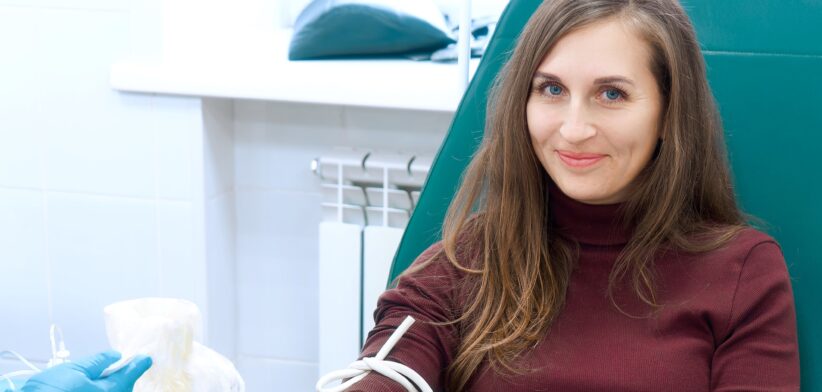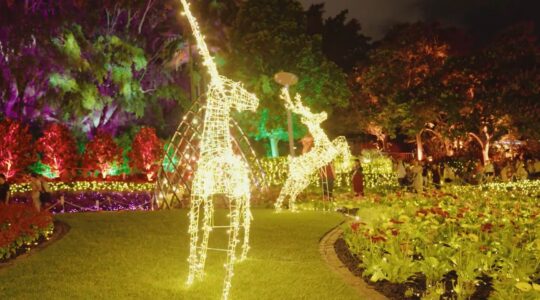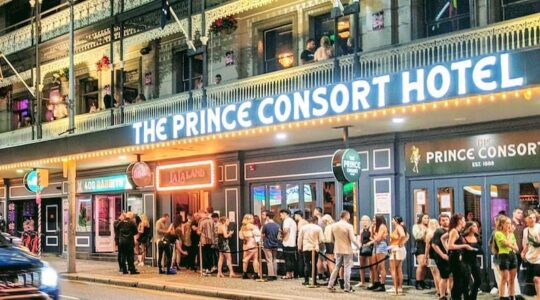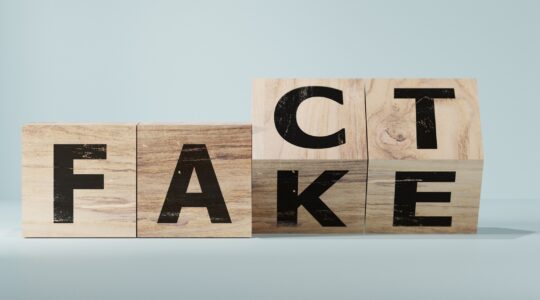Australia’s rich multicultural heritage is rightly celebrated, but has become a hurdle in one area of life-saving medicine.
The nation is facing a critical shortage of registered stem cell donors, with a need to encourage more local donors that reflect the country’s diverse society.
Australian Bone Marrow Donor Registry (ABMDR) CEO Lisa Smith said Australia’s only stem cell registry urgently needed to recruit more local donors.
“In particular, donors that are reflective of Australia’s diverse population to help improve the chances of some Australians finding their life-saving match,” Ms Smith said.
She said Australian patients that needed a transplant expected and deserved the highest standards of care.
“This standard cannot be met while some patients miss out on finding a donor simply because of their ancestry.
“While the Australian registry reflects the diversity of the Australian population reasonably well, there are simply not enough young donors to meet the needs of Australian patients.”
Ms Smith said there was a critical need to widen the donor pool and ensure more donors were available to find the best possible match for each patient requiring a transplant.
She said a patient’s chances of finding a suitable donor match significantly increased when there were lots of donors that share the same ancestry.
“Unfortunately, many people are not able to find a match within their family and live with hope that there’s someone on the international registry who is compatible.”
She said around 1200 new patients come to the registry every year for an unrelated donor search.
“Although there are 42 million stem cell donors worldwide, sadly some Australian patients still have difficulty in finding a suitable donor anywhere in the world.
“This is especially concerning for First Nations patients who are particularly dependent on the Australian registry.”
She said unlike many other transplanting nations, who on average have halved their dependency on foreign donors in the last decade, Australia’s dependency has steadily increased to around eight out of 10 patients relying on an overseas donor.
Ms Smith said the ABMDR’s Strength to Give cheek swabbing initiative was an easy, straightforward, and cost-effective way to recruit Australian donors from all cultures, aged 18 – 35.
She said the stem cell donation process was also simpler than many people thought.
“We often hear of suitable donors that are resistant to signing up to the registry as they worry the stem cell collection procedure could be painful. However, in most cases it isn’t.
“Most stem cell donations generally involve a process similar to donating plasma, which comprises of taking blood from one arm, collecting the stem cells, and returning the blood through the other arm.”








